The Kiwi 33 1/3 Books
Wednesday is about books. And writing. Today, the first three Kiwi editions to the popular 33 1/3 music book series.
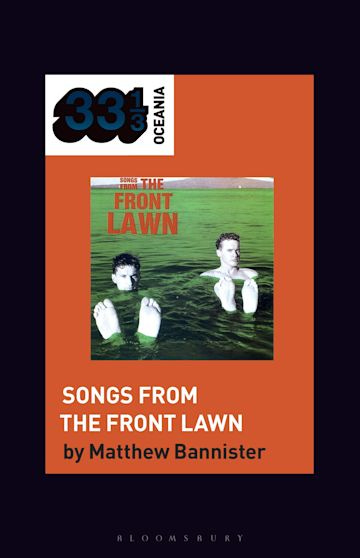
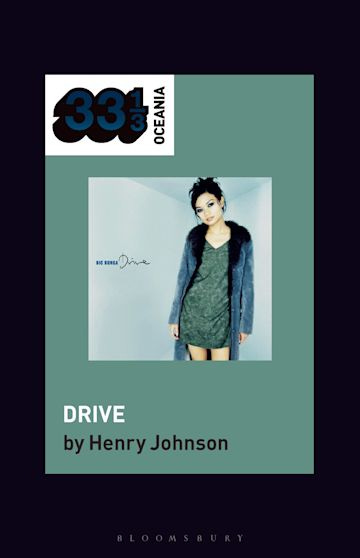
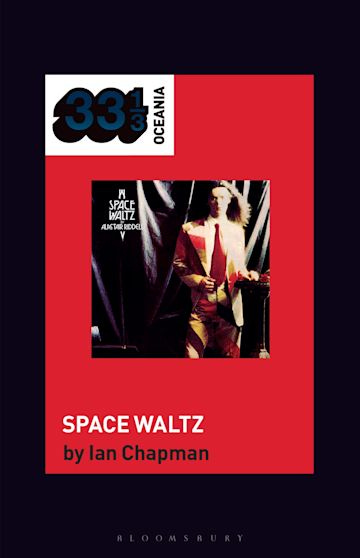
The first three New Zealand editions of the 33 1/3 series of books about specific albums have been released. These are the first three in the “Oceania” offshoot of the series, regional titles. Combining Australian and New Zealand authors looking at Kiwi and Aussie albums, so far you can read about John Farnham, Kylie Minogue or Regurgitator in terms of Australian bands. And the Kiwi acts covered are Bic Runga, The Front Lawn and Space Waltz/Alaistair Riddell.
But they are always books about a specific album, not the catalogue of the whole artist. In some cases, the writer may wander through the catalogue – for wider context – but the classic or cult album is the springboard for artist/culture examination.
I thought I’d tell you a bit about the first three Kiwi titles, I was excited to see these on shelves.
But first up – a bit of context about the series.
33 1/3 was founded 20 years ago by Continuum. In 2010, Bloomsbury Academic picked up the torch and ran with it, releasing a whole heap of new titles. They’re still going. As of right now there are 179 books available and there are a whole heap in the works, scheduled across the next 2-3 years, the series easily getting to 200.
In its initial decade, I was obsessed. Reading them like monthly music magazines. I bought every single title for a while there – I had most of the first 100 and I read them all too (at one crazy point in my obsessive-collector-gene life I briefly envisioned having the matching album on vinyl – even if I wasn’t the biggest fan of the work). Instead, I opted for one of my “spiritual cleansing” rituals and promptly sold the whole set, moved them on and out of the house – and didn’t really regret it at all.
I still buy the occasional one. I still read them online or from the library. I haven’t kept up with the series in the way I once did, and it’s unlikely I’ll now cover that lost ground. But I’m still in the race, somewhat. The last one from the main series I read was Sequioa L. Maner’s excellent assessment of Kendric Lamar’s To Pimp A Butterfly (166). The last one I bought (and will soon read) is Steve Tupai Francis’ look at Kraftwerk’s 1981 gem, Computer World (163). I’d like to read the book about George Michael’s Faith (165), Madvillain Madvillainy (171), Wendy Carlos’ Switched-On Bach (141), and, well, there are of course heaps of others.
I briefly thought about submitting an idea – there used to be regular calls for submissions. But the process was many hoops with not much time to learn to jump through any of them, let alone all of them. Ten years ago, I was convinced I’d write a great book about McCartney II by Paul McCartney. I have in me a good story formulating around that first, classic Split Enz album (Mental Notes). And in a more pie-in-the-sky way, I have thought about how I’d read a book about Schnell-Fenster’s The Sound of Trees or Dave Dobbyn’s Lament For The Numb or Neneh Cherry’s Blank Project. But in all three cases, I’d probably have the most chance of reading that book if I was to write that book. They’re all a little less likely than McCartney II, or someone writing about another Beatles or Radiohead album.
Over the years, the scope has widened, albums that would have never made it into the canon, or been considered part of any canon in fact, are now celebrated – and that’s awesome. Amazing, actually.
And then they splintered off with these regional/territorial editions. There’s a Japan series, from which I’ve read Yoko Kanno’s Cowboy Bebop Soundtrack (and loved!) And of the aforementioned Oceania series, the only Australian album I’ve read about was John Farnham’s Whispering Jack (by Dr. Graeme Turner). I really enjoyed this – and as is the way with music books, they’re supposed to send you back to the music. So, I listened to Whispering Jack for the first time in probably 35 years, and totally saw the magic that sits in it; heard what all the fuss used to be about.
So, there you go. I’m a devoted 33 1/3 reader. A former obsessive.
I had thought about pitching for the Kiwi books – I could write about Mental Notes, the album’s 50th is coming up. I have all my notes from talking to four of the band members that were there in the studio, extensive interviews with the album’s chief creator, and hundreds of hours of listening clocked already. A print of the album’s cover artwork hangs on my wall, with a dedication to me by the artist. Sign me up!
But, I got the feeling, reading the New Zealand versions of the books, that these are less for the fans, and more for academics to prescribe for their courses – get the book on the reading list as a way of generating some meagre royalties.
Music books by academics are sometimes brilliant, but sometimes painful. All three of the Kiwi 33 1/3 books are by academics. There’s a bit of that maddening frustration there, and some positives too, some fan moments that really help to kick things along. I wonder if the submission process favours academics. For a start they are essentially paid to write the proposal, able to do it from their desk as part of their ‘research’, a component of being an academic is publishing. And Academic Freedom allows the professor or associate professor to wander where they may wish to, within reason. Getting a book over the line, regardless of its subject, might even be part of the consideration process when the next pay review is on the horizon. Any publication, it can be argued, is a furthering of the brand. And so, again, getting the book out is one thing, then getting it onto a course reading list – even if supplemental – might all help the academic ranking in some tiny way. Anyway…
Let’s take a look. I’ll review them in the order I read them.
First up was Matthew Bannister’s look at The Front Lawn’s album, Song From The Front Lawn.
I mostly really liked this. I like Matthew Bannister as a writer. I think his original memoir Positively George Street is absolutely one of the best NZ music books; it’s written with a delightful honesty – so much so that some of the Flying Nun stalwarts took offence. And now we have all these gushy Flying Nun books clogging the shelves, trying to tell “the real story” as a result. Bannister, a musician (Sneaky Feelings, The Changing Same, Dribbling Darts of Love, solo) was also briefly connected to The Mutton Birds, playing with them in their final iteration before the band imploded. So, he’s very close to the subject. But not too close. He compiles fresh interviews with Don McGlashan, Harry Sinclair and Jennifer Ward-Lealand and gives a great cultural context for The Front Lawn’s multimedia weirdness popping up like a pimple on the unexpectant face of late-80s New Zealand. He walks us through the album song by song, as you’d hope in this case (and often expect across the series) and he doesn’t drip too heavy in academia. Though there’s also not a whole lot to learn here, it’s more a survey. That said, it's pretty enjoyable. And I love this album so much that I wanted to cling to anything written about it. I wish he’d gone slightly deeper into his own love of the album, his own discovery.
Next I read Henry Johnson’s volume about Bic Runga’s Drive.
I know about as much about Henry Johnson as he seems to know about Bic Runga. Which is to say, nearly nothing. He's listed as a Professor of Music at Otago University. And if this is the evidence to draw from, he offers proof of why academics should not touch pop music. I wrote, on Goodreads, that this feels like if Wikipedia fucked the School Journal. Short, go-nowhere chapters are introduced by telling us what they’re going to say, concluding by reminding us what they said, and in the middle going nowhere at all really. There’s no life in this. He stumbles around the album as if meeting it for the first time, trying to posit theory rather than giving any indication he’s even ever listened to it. Surely, the story of Drive is that someone young and brilliant cut through. (And female too – it must be mentioned in that time). Bic became a phenomenon on the back of a terrific album. She made two albums after that are arguably better, lush: the bigger budgets and better musicians assisting her on that journey. And it happened when Kiwi music was band-focussed, and male dominated, and most Kiwi acts were pushing something so derivative or just downright terrible. Runga is a once-in-a-generation talent, she inspired a lot of copycats, and that might have been interesting for Johnson to look at. But instead, he serves up songs as case studies. And then says very little about them, and re-surfaces material that already explains the mundanities of recording time and place. His academic footnoting might drive you mad. It just felt like the biggest waste of time. And Runga and Drive (and Runga’s fans) do not deserve this. Pointless.
I finished by reading the volume that I believe was the first cab off the rank in this local series. Ian Chapman’s ecstatic evaluation of Space Waltz’s sole album.
Chapman is also an academic from Dunedin. But I’m more aware of his publishing, and have enjoyed some of his books a great deal. Sometimes there’s a mere surface skim, but always there’s the combination of academia and fan with Chapman, and I think that might be the perfect vibe for 33 1/3. It’s palpable that he had his world changed by seeing Alistair Riddell drip from the TV, sartorial and slightly gender-bender-y (for the time at least, in little old New Zealand). If we know anything about Dr Chapman, it’s that he’s a glam fanatic. And in the right way, this is also a book about himself. The best of the 33 1/3 books always situate the writer within the subject, it’s correct for the authors to put themselves right there in the text. You are reading as much for how the person writing discovered the album as you are for nuts-and-bolts stories around the making. Chapman gives you it all, or as much as he can give. A mix of digging through what’s already written, and fresh interviews with all the principals. It’s also a story of implosion – one album and then done. Band members heading off for success in other directions (Eddie Rayner of course with Split Enz, and drummer Brent Eccles first with Australian act, The Angles and then as artist manager and tour promoter with both Brett Eccles Entertainment and Frontier Touring). Riddell remaining a mercurial presence, written off in various ways by various people as a Bowie pastiche and a one-hit-wonder to boot. Chapman points out with a fan’s love that Riddell did Bowie better than almost anyone else, and also grabbed from a bunch of places New Zealanders in the mid-70s weren’t really looking (Van der Graaf Generator). And if there was really only one radio hit on the album there was certainly more substance than just that. I found this book charming and compelling. Which is exactly the space I want to end up in when reading a 33 1/3.
With all of these volumes, I of course revisited the music. I remain a fan of all three albums. And so that’s a fun part of the reading.
I wanted a tiny bit more from the Front Lawn book but was still happy, I didn’t realise how much I would love the Space Waltz book, so that pleased me a great deal, and this is the most I’m ever going to think about the Bic Runga book.
Apparently, there’s a Dead C book on the way, which I will look forward to reading. And The Clean? A few others too. It’s not clear for me where this Oceania series is going. But I hope it’s more than academics at the wheel one day. And I would love to see something about Split Enz before too long. Jan Hellriegel’s first solo album would be a good story. The full story behind Anika Moa’s debut, the fallout and the rebuild? Dave Dobbyn’s epic trilogy of Lament, Twist and The Islander (take your pick). What about The Feelstyle? Or SJD? They’re lesser known all up, but have created some of the best albums ever made by anyone in this country. King Kapisi. Che Fu…I wonder how long we’ll get to read about our albums, our culture, and our fans in this way.
Have you read any of the titles? Will you? What are your thoughts on either the individual titles so far, or what great New Zealand album would you most like to read about?




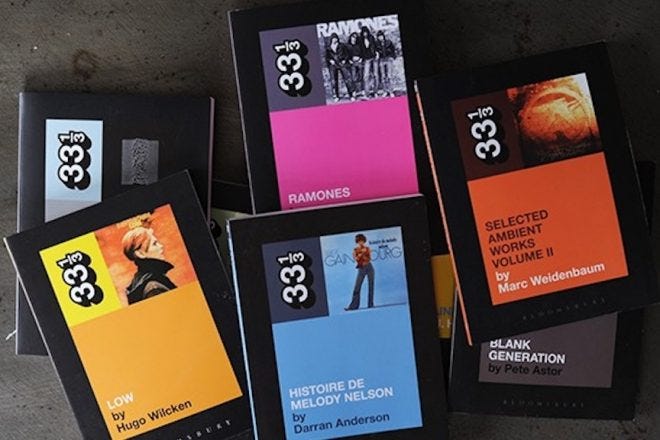


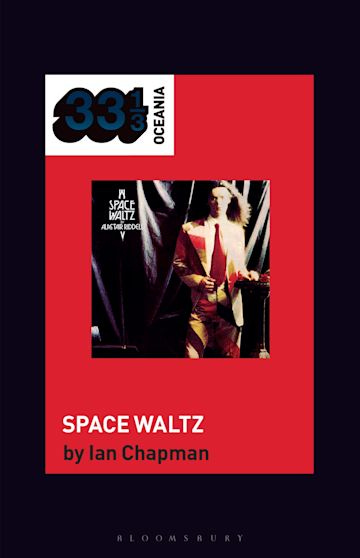
Thanks for the heads up. Drive is the only album I know of the 3 properly so I’ll give that a miss
Do it!
(My favourite of these books is John Niven’s “Music From Big Pink” - especially his description of how the atmosphere changes when Dylan walks into a room.